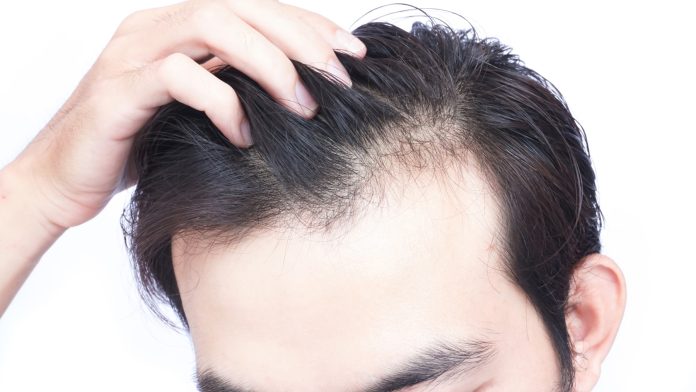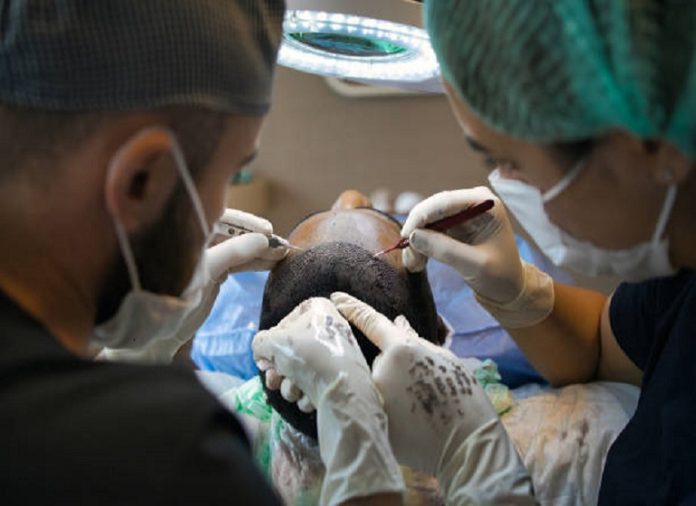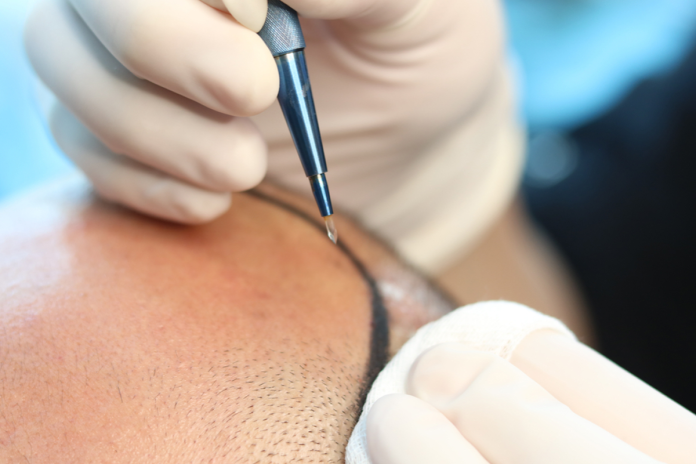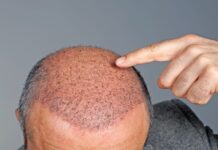
Excessive hair loss or bald patches is a problem that affects more people than you might think. Hair loss is usually caused by genetics, external factors such as stress, or aging. This can lead to thinned and weak looking hair, a receding hairline, or a spotty look.
Today, hair transplant is the most effective and long-lasting solution to this problem. This is why most people who suffer from excessive hair loss opt for a hair transplant operation.
The procedure is popular among the world and there are successful clinics that provide affordable prices in various countries. The follicular unit extraction (FUE) hair transplant is one of the most popular solutions to thinned hair and bald patches.
Table of Contents
What is the FUE hair transplant technique?

The FUE technique is a hair transplant method that offers a long-term solution to problems caused by hair loss. This method is considered an improved version of the follicular unit transplantation (FUT) hair transplant.
FUT hair transplant involves the removal of an entire piece of skin from an area with healthy hair follicles and transplanting this skin to the desired area. This traditional technique often leads to an unattractive look and may leave scars.
On the other hand, the FUE hair transplant technique involves the extraction of individual hair grafts and transplanting them to the target area. Each hair graft contains a few hair follicles. Because hair grafts are extracted and transplanted one by one, no cuts or stitches are used in the process. The FUE hair transplant technique is a non-invasive process that causes little to no side effects and discomfort after the surgery.
How does FUE hair transplant procedure work?

Maybe you are worried about going through a hair transplant operation because you don’t exactly know how it works. The good news is, there is nothing to be worried about. The FUE hair transplant process starts with a consultation session to assess your hair goals and your suitability.
The operation is performed under local anesthesia for maximum comfort and pain-free process. Your surgeon will start by shaving the donor area and possible around the target area. It is possible to have the operation without shaving but it is not recommended due to infection risk and smaller area to work on.
The hair grafts from the donor area are individually removed using a “punch tool” or the manual punch technique. Your surgeon will collect these grafts in a suitable environment before the transplantation step. The hair grafts are planted in the small incisions created at the target area. At this step, your surgeon will pay attention to the angle and placement of the hair grafts to ensure a natural look.
After the transplantation, the target and donor areas are cleaned and bandaged up to protect from external factors. Thanks to FUE technique, up to 5000 grafts hair transplant surgery can be conducted in one session. If the number of grafts that you need exceeds 5000 grafts, it is recommended to have multiple sessions.
What to expect after an FUE hair transplant?
While the type of hair transplant operation and the clinic you will trust are extremely important, there is one other key element to achieving a great head full of hair: a successful recovery period. After an FUE hair transplant, the recovery time is quick and fairly painless.
Because the FUE technique does not involve cuts or stitches, the post-surgery risks and the possibility of scarring are quite low. You might feel some itchiness around the donor and target area during the first weeks. Occasionally, you can experience some bleeding and swelling. If these symptoms are excessive, we advise you to consult with your surgeon.
Usually, the hair will start to grow 3-4 months after your surgery. This period might vary depending on your specific condition and your body’s reaction to the surgery. After this, you can expect your new hair to grow as usual. Let have a look at what you will probably experience after the hair transplant operation.
What Side Effects Should You Expect After a Hair Transplant Operation?

After your hair transplant, you should be prepared to experience some redness, itching, and swelling. While itching and redness are usually ongoing side effects during the recovery period, swelling is specific to the first few weeks. You will be able to remedy itching and redness with some ointments recommended by your clinic. But it is important to remember that these side effects are a part of the recovery process and they are all permanent.
The swelling on your forehead and around your eyes might look concerning at the beginning. No need to worry though, this is a natural reaction of your body to anesthetic fluids injected into the transplant area during your operation. Injured tissue can also cause some swelling after the operation because of the healing process.
There are some easy things you can do to get rid of the swelling quickly. You should sleep in an upright position to prevent excessive blood flow to the area, apply a cold press to the swollen area, avoid sleeping on your stomach, drinks lots of water, and avoid exercising. Your clinic will definitely provide you with the instructions that you should follow.
What is the price of an FUE hair transplant in Turkey?

Turkey is one of the best countries you can safely get an FUE hair transplant. And here is why: experienced surgeons and qualified clinics in Turkey offer top-notch hair transplant operations for an affordable price.
Because of the high exchange rates and government policies, the hair treatments such as hair transplant, beard transplant and PRP costs in Turkey is much lower than in most countries in the World.
An FUE hair transplant in Turkey costs around $1,500-$5,000 depending on your specific condition and the number of hair grafts you need. If you consider having a hair loss treatment, you should talk to a medical consultant to determine number of grafts you need and your suitability in case you have a special medical condition.
Visit dentalhairclinicturkey.com for further information and free medical consultation.















![16 Best Men’s Loafers 2023 [ BEST PREMIUM BRANDS ] best mens loafers](https://www.menshairstylesx.com/wp-content/uploads/2019/10/best-mens-loafers-1-100x70.jpg)
